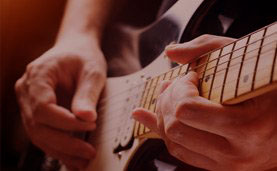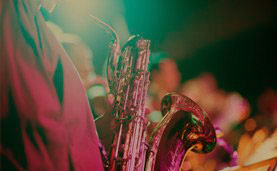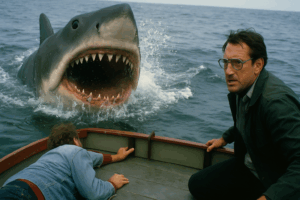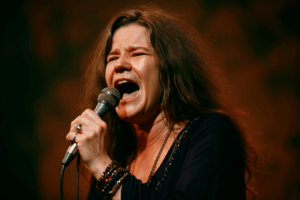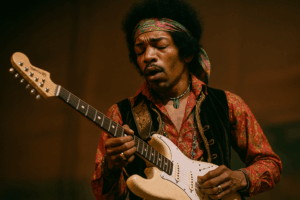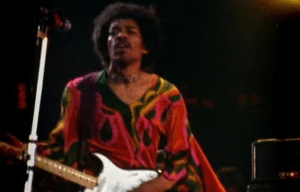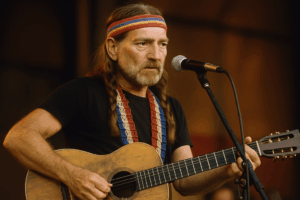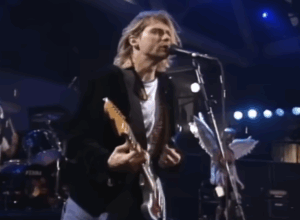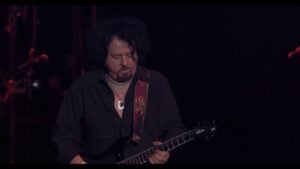The Most Forced and Awkward Band Reunions in Rock History
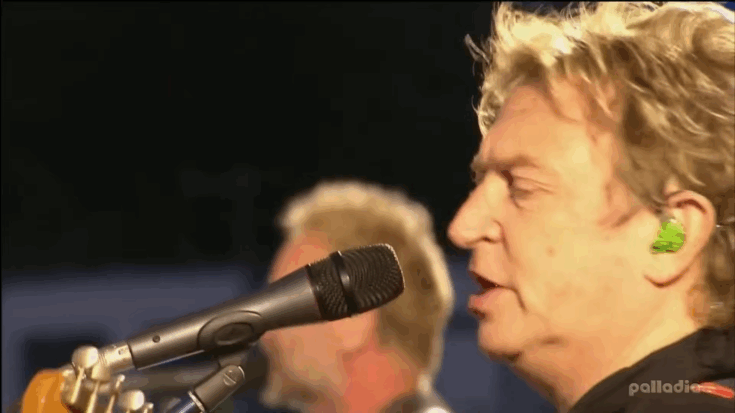
via @TerpMusic / YouTube
Reunions in rock often sound better in theory than they do in practice. The idea of seeing legends share the stage again, decades after their peak, can stir up excitement and nostalgia. But behind the curtain, these comebacks are rarely fueled by the same creative fire that once made the band special. More often, they’re patched together out of obligation, pressure, or the promise of a quick payday.
What gets lost in these forced reunions is the spark that made the band worth reuniting in the first place. When members no longer share the same vision, or worse, can barely stand to be in the same room, the result is an awkward spectacle. Instead of recapturing magic, audiences are left with a diluted version of what once felt untouchable. The songs may be the same, but the energy is unmistakably gone.
Rock history is full of examples where the dream of a triumphant return collapsed under the weight of reality. Some groups ignored years of bad blood, only to confirm why they split in the first place. Others returned without their key players, leaving fans wondering if the reunion was even real at all. These awkward, strained attempts serve as reminders that sometimes it’s better to let the past stay in the past.
Smashing Pumpkins
When the Smashing Pumpkins broke up in 2000, it felt like the natural end of a band that had already weathered its share of drama. Billy Corgan, however, quickly discovered that neither his follow-up project Zwan nor his solo work carried the same weight. By 2007, he dusted off the Pumpkins name for a reunion that was anything but whole. Original drummer Jimmy Chamberlin came back, but bassist D’arcy Wretzky was shut out after Corgan trashed her publicly, and guitarist James Iha was accused of helping bring the band down in the first place.
As the years went by, Corgan’s revolving-door approach to bandmates only made things more awkward. Chamberlin was fired in 2009, leaving Corgan as the sole original member. A few years later, he quietly welcomed Chamberlin back into the lineup, despite having burned that bridge already. The “reunion” became less about rekindling creative bonds and more about keeping the brand alive enough to sell tickets.
Eventually, even Iha found himself back on stage alongside Corgan, though not as an official member. Wretzky remains estranged, but the message was clear: the Pumpkins reunion had nothing to do with healing old wounds and everything to do with chasing relevancy. What started as an attempt to reclaim past glory only highlighted how fractured the band truly was.
https://twitter.com/SOTSPodcast/status/1962124555402547408
The Police
For years, Sting dismissed the idea of ever reforming The Police, often joking he’d have to be “certifiably insane” to do it. Yet in 2007, the trio reunited after two decades apart, selling out arenas worldwide. Officially, Sting claimed he wanted to shake things up after releasing an entire album of lute music, but the timing suggested something else: the reunion promised massive paydays. Fans got to see Sting, Andy Summers, and Stewart Copeland share the stage again, but beneath the surface, the reunion was shaky.
Even Sting admitted afterward that the magic was gone. In a 2010 interview, he admitted the tour was “purely an exercise in nostalgia” with no new songs, no new energy, and no creative spark. For him, it felt like reconnecting with an ex only to immediately remember why the relationship ended. The performances gave fans their fix, but for Sting, it was more draining than rewarding.
The Police reunion stands as an example of how a band can deliver financially while falling flat artistically. What fans experienced was a well-polished trip down memory lane, but the band itself was going through the motions. For all the hype, it reinforced why Sting’s solo career remained his priority—and why The Police should have stayed in the past.
https://twitter.com/ThePoliceBand/status/1659606635650727964
Creed
When Creed imploded in 2004, few were surprised. Frontman Scott Stapp’s erratic behavior, fueled by alcohol and arrogance, had alienated his bandmates beyond repair. The remaining members formed Alter Bridge, and guitarist Mark Tremonti made it clear that a Creed reunion was never going to happen. Yet within five years, nostalgia—and likely money—overrode those declarations, and the band was back together in 2009.
The problem was, nothing had changed. Stapp and Tremonti still couldn’t stand each other, and their fractured relationship bled into the music. The reunion produced one uninspired album and a short-lived tour, but the chemistry that had made Creed a hit in the early 2000s was nowhere to be found. Fans who hoped for a triumphant return were left with a flat reminder of why the band fell apart in the first place.
Since then, Tremonti has been careful to keep Creed in the rearview mirror, focusing on Alter Bridge and his solo work instead. Stapp, on the other hand, continues to push for another reunion, though it seems less about music and more about survival. Their story highlights the dangers of reuniting when the wounds never really healed.
https://twitter.com/Creed/status/1961925272757821866
Sex Pistols
If ever there was a band destined to flame out quickly, it was the Sex Pistols. With only one album to their name and bassist Sid Vicious long gone, their 1996 reunion was transparently about cashing in. They even branded the comeback the “Filthy Lucre” tour, a cheeky way of admitting it was all for money. Fans got to see the surviving members perform again, but the whole affair felt more like a parody than a revival.
What made matters worse is that they didn’t stop there. The Pistols returned again in 2002, 2003, and 2007, each time making it more obvious that the punk icons had traded rebellion for easy paychecks. The danger and raw edge that once defined them had vanished, replaced by middle-aged punks going through the motions.
While some defended the tours as opportunities for a new generation to see the band live, the reality was hard to ignore. These reunions were fueled by commerce, not passion. For a band that once stood as the symbol of anti-establishment fury, their repeated comebacks were the ultimate sellout.
Guns N’ Roses
The long-rumored reunion of Guns N’ Roses finally happened in the mid-2010s, with Axl Rose and Slash burying decades of bad blood—at least enough to share the stage again. On paper, it was a rock fan’s dream. In reality, the timing made the move look suspiciously self-serving. Axl hadn’t released new music in years, while Slash’s post-Guns projects had lost momentum. Reuniting under the Guns banner meant instant demand and massive tour revenue.
But this wasn’t really a full reunion. While Axl, Slash, and Duff McKagan were back, key members like Izzy Stradlin and Steven Adler were absent. Instead, the lineup was padded with musicians from Axl’s later “not really Guns” years, making it feel like a hybrid band trading on the legacy of Appetite for Destruction without delivering the full package. Fans got glimpses of the old glory, but the heart of the band was still fractured.
For all the hype, the reunion underscored the transactional nature of such comebacks. It was less about repairing relationships or rediscovering chemistry and more about leveraging the name for maximum profit. Guns N’ Roses may have pulled off a spectacle, but it also proved that some reunions are built on shaky foundations.

